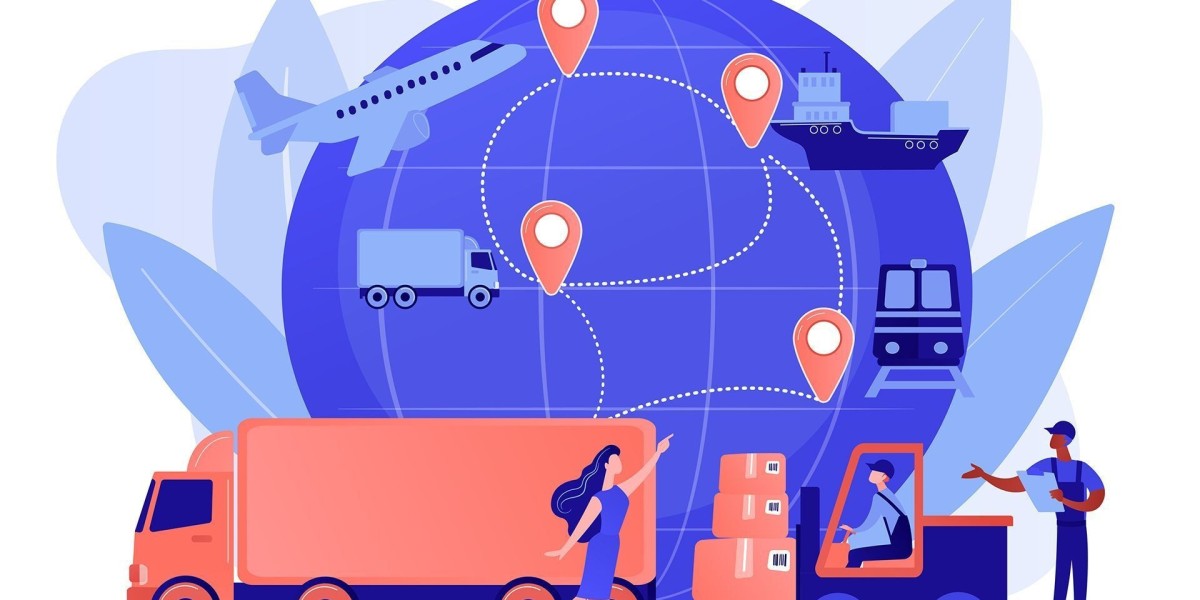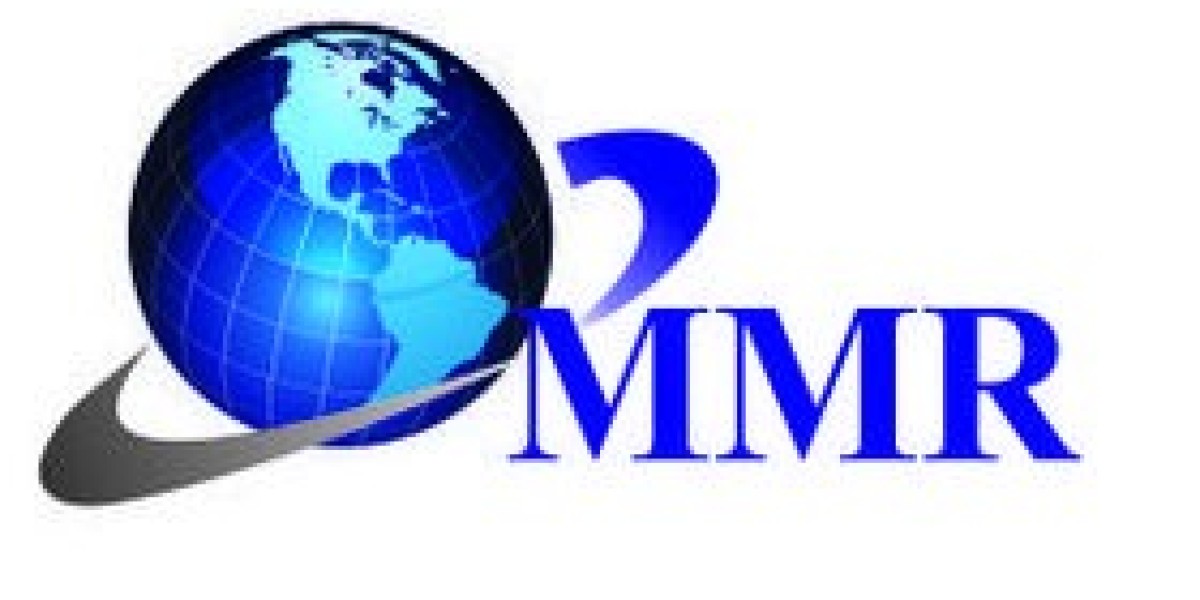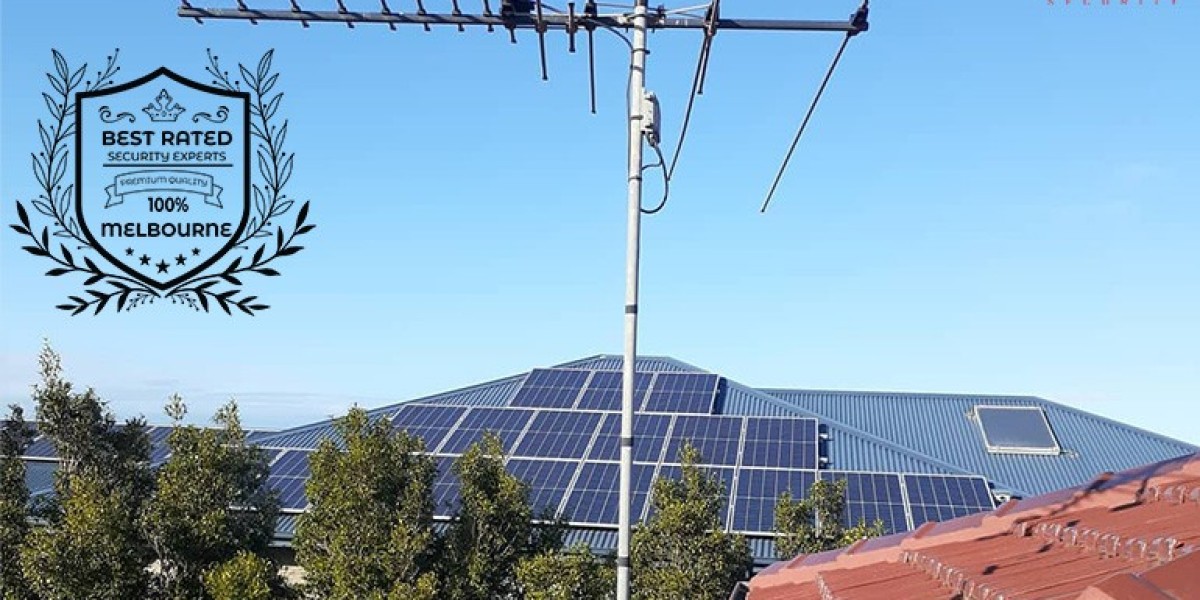Overview of Reverse Logistics Process
Within supply chain management, there is a growing interest in the reverse logistics procedure. Reverse logistics deals with moving goods back from the buyer to the seller or producer, as opposed to traditional logistics, which focuses on getting goods from the manufacturer to the consumer. This procedure, which encompasses returns, repairs, recycling, and disposal, is essential for raising sustainability, cutting expenses, and increasing customer happiness.
What is the Procedure for Reverse Logistics?
Recognising the Fundamentals
Managing the movement of materials and goods in the opposite direction from typical logistics is the task of reverse logistics. It begins when a client returns a product, for any reason—defects, end-of-life, or dissatisfaction. The process then includes activities such as inspecting, repairing, refurbishing, recycling, or disposing of the returned goods. Effective reverse logistics can help companies recover value from returned products and reduce waste.
The Importance of Reverse Logistics
The reverse logistics process is vital for several reasons. First, it allows companies to recover value from returned products through refurbishment or recycling. Second, it helps maintain high levels of customer satisfaction by offering efficient return and repair services. Third, it supports sustainability efforts by ensuring proper disposal of goods and minimizing waste. In a competitive market, an efficient reverse logistics process can be a key differentiator for companies.
Key Steps in the Reverse Logistics Process
1. Return Authorization
The first step in the reverse logistics process is return authorization. When a customer decides to return a product, they must obtain authorization from the seller or manufacturer. This step involves verifying the eligibility of the return, such as checking the product’s warranty or ensuring it meets the return policy criteria. Return authorization helps streamline the reverse logistics process by ensuring that only eligible products are returned.
2. Product Collection
Once the return is authorized, the next step is the collection of the product. This can be done through various means, such as pickup services or drop-off locations. Efficient product collection is essential to minimize the time and cost associated with the reverse logistics process. Companies may also partner with third-party logistics providers to handle product collection more efficiently.
3. Inspection and Sorting
After the product is collected, it undergoes inspection and sorting. This step is crucial to determine the condition of the returned product and the appropriate next steps. Products are inspected for defects, damage, and usability. Based on the inspection, the products are sorted into categories such as refurbishable, recyclable, or disposable. Proper inspection and sorting help maximize the value recovered from returned products and minimize waste.
4. Refurbishment and Repair
For products that are found to be refurbishable or repairable, the next step in the reverse logistics process is refurbishment or repair. This involves restoring the product to a like-new condition so that it can be resold or reused. Refurbishment and repair are cost-effective ways to recover value from returned products and reduce the environmental impact of the reverse logistics process.
5. Recycling and Disposal
Products that cannot be refurbished or repaired are either recycled or disposed of. Recycling involves breaking down the product into its raw materials, which can then be used to manufacture new products. Disposal is the final step for products that cannot be recycled or reused. Proper recycling and disposal are essential to minimize the environmental impact of the reverse logistics process.
6. Restocking and Resale
Once a product has been refurbished, repaired, or recycled, it can be restocked and resold. This step is crucial for recovering value from returned products and ensuring that they do not go to waste. Restocking involves reintegrating the product into the inventory, while resale involves marketing and selling the product to new customers.
Challenges in the Reverse Logistics Process
1. Managing Return Flows
One of the biggest challenges in the reverse logistics process is managing return flows. Unlike traditional logistics, where products are shipped in bulk, reverse logistics often involves handling individual returns, each with its own set of requirements. Managing these return flows efficiently is essential to minimize costs and delays.
2. Cost Control
The reverse logistics process can be costly, especially when it involves transportation, inspection, refurbishment, and disposal. Companies must carefully manage these costs to ensure that the reverse logistics process remains profitable. This may involve optimizing transportation routes, automating inspection processes, or partnering with third-party logistics providers to reduce costs.
3. Inventory Management
Managing inventory in the reverse logistics process can be complex, as companies must track returned products alongside new inventory. This can lead to challenges in forecasting demand, managing stock levels, and ensuring that refurbished products are reintegrated into the supply chain efficiently.
4. Environmental Compliance
Environmental compliance is a critical aspect of the reverse logistics process. Companies must adhere to regulations related to the disposal of hazardous materials, recycling, and waste management. Failure to comply with these regulations can result in fines and damage to the company’s reputation.
Also Read: https://posta2z.com/read-blog/57752
Best Practices for Optimizing the Reverse Logistics Process
1. Streamline Return Authorization
Streamlining the return authorization process is key to improving the efficiency of reverse logistics. Companies should make it easy for customers to obtain return authorization, whether through online portals, mobile apps, or customer service hotlines. A streamlined return authorization process helps reduce delays and ensures that only eligible products are returned.
2. Leverage Technology
Technology plays a crucial role in optimizing the reverse logistics process. Companies should invest in software solutions that enable them to track returns, manage inventory, and process refunds or exchanges quickly. Data analytics can also help companies identify trends in returns and make informed decisions to reduce return rates.
3. Optimize Transportation and Logistics
Optimizing transportation and logistics is essential for reducing the costs and time associated with the reverse logistics process. Companies should consider partnering with third-party logistics providers to handle product collection, transportation, and warehousing more efficiently. Additionally, implementing strategies such as regional return centers can help reduce transportation costs and improve the speed of returns processing.
4. Focus on Sustainability
Sustainability should be a key consideration in the reverse logistics process. Companies should prioritize recycling and refurbishment over disposal and ensure that they are using environmentally friendly practices in the handling of returned goods. Additionally, companies can explore partnerships with recycling companies or charities to ensure that returned products are disposed of responsibly.
5. Train Employees
Training employees on the importance of the reverse logistics process and the steps involved is crucial for optimizing the process. Companies should provide training on return authorization, inspection, refurbishment, and recycling procedures. Empowering employees to make decisions related to the reverse logistics process can help improve efficiency and reduce bottlenecks.
The Future of the Reverse Logistics Process
1. E-Commerce and Reverse Logistics
The growth of e-commerce is having a significant impact on the reverse logistics process. As more consumers shop online, the volume of returns is increasing, making it essential for companies to have robust reverse logistics processes in place. In the future, we can expect to see more companies investing in technology and automation to manage the growing volume of returns efficiently.
2. Circular Economy and Reverse Logistics
The concept of a circular economy, where products are designed to be reused, refurbished, or recycled, is gaining traction. The reverse logistics process is a critical component of the circular economy, enabling companies to recover value from returned products and reduce waste. As more companies adopt circular economy principles, we can expect to see a greater emphasis on reverse logistics as a strategic priority.
3. Technological Advances
Advances in technology, such as blockchain and the Internet of Things (IoT), are poised to revolutionize the reverse logistics process. These technologies can provide greater visibility into the reverse logistics process, enabling companies to track returns in real-time, improve inventory management, and enhance sustainability efforts. As these technologies continue to evolve, they will play an increasingly important role in reverse logistics management.
Conclusion
The reverse logistics process is an essential aspect of modern supply chain management, enabling companies to recover value from returned products, enhance customer satisfaction, and reduce their environmental impact. By implementing best practices such as streamlining return authorization, leveraging technology, and focusing on sustainability, companies can optimize the reverse logistics process and turn it into a competitive advantage. As the business landscape continues to evolve, companies that prioritize effective reverse logistics processes will be better positioned to meet the demands of consumers and succeed in a rapidly changing market.








